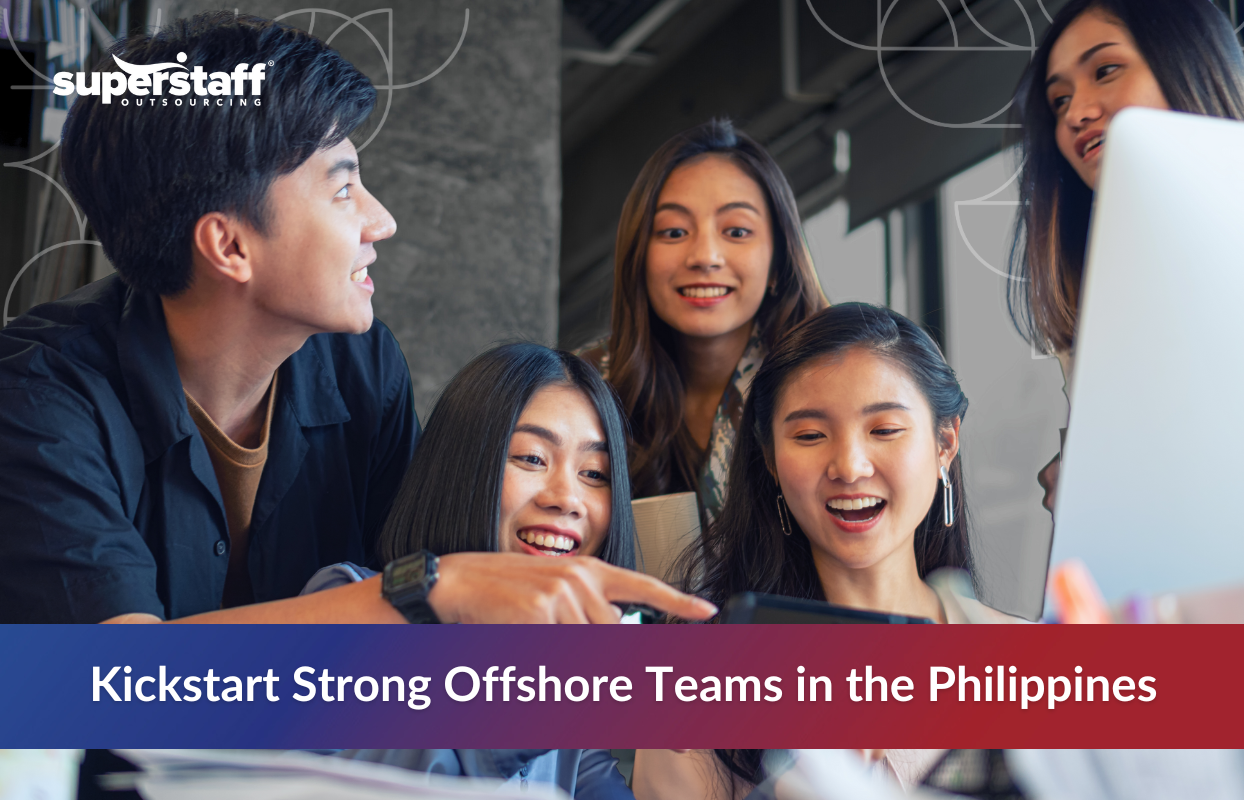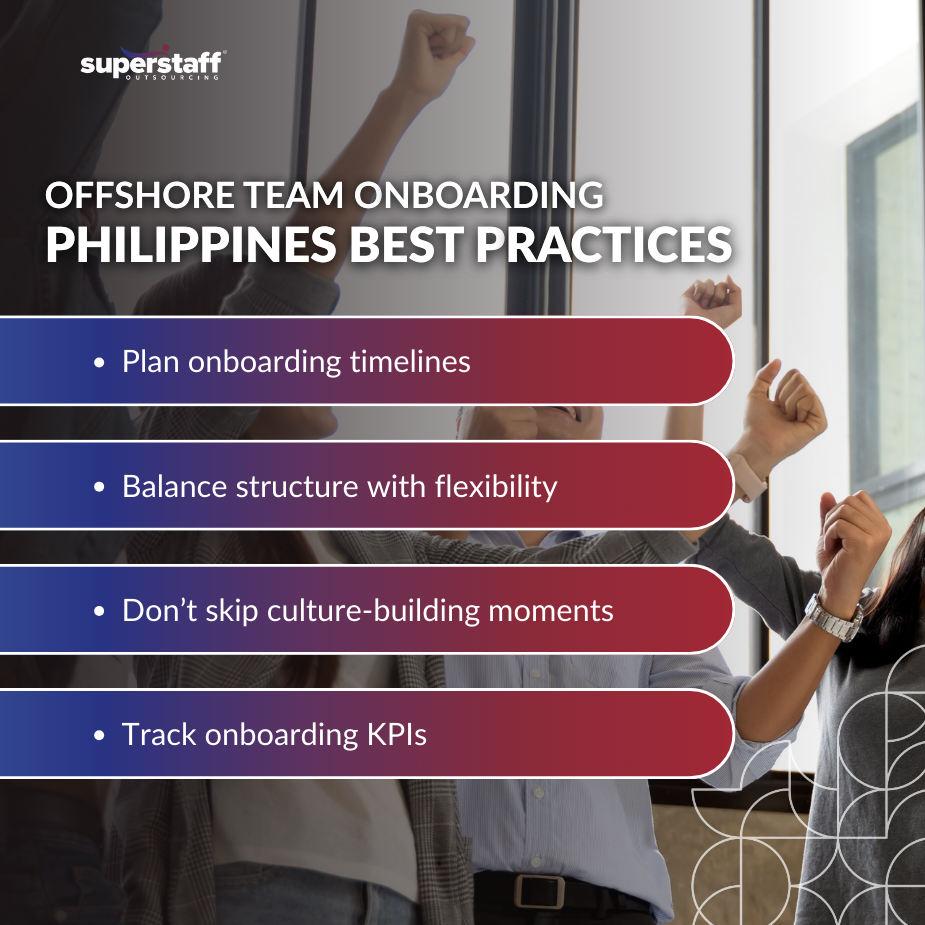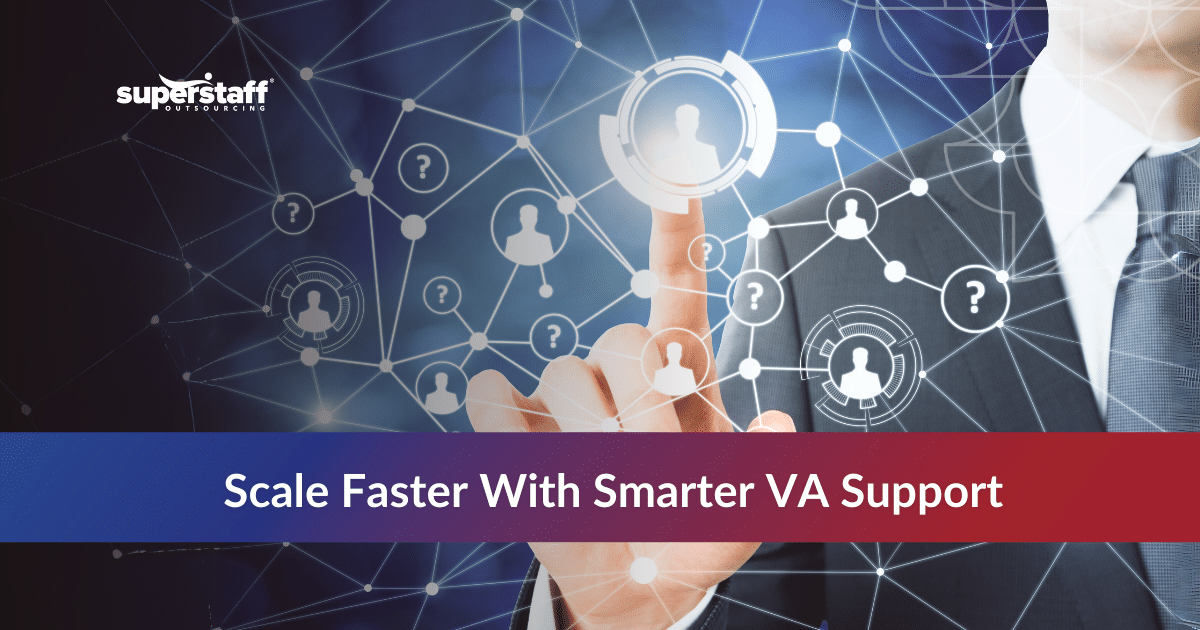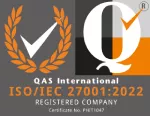
Offshoring to the Philippines has become a reliable solution for businesses seeking support across key functions like customer service, back-office operations, finance, and IT. But hiring skilled professionals is just the beginning—what truly determines success is what happens after the paperwork is signed.
Without a well-structured offshore team onboarding Philippines strategy, even the most qualified hires can feel unsure of their roles, disconnected from the team, or unclear on expectations. That early gap can lead to slower ramp-up times and missed opportunities.
In the Philippines, onboarding is more than just handing over a manual or granting tool access. It’s about setting the tone from day one—building relationships, offering clarity, and giving offshore staff the confidence to hit the ground running.
Whether you’re setting up your first offshore team or looking to strengthen your existing processes, this guide outlines the most common onboarding and training structures used in the Philippines, offering practical insights to help your team integrate smoothly and perform at their best.

Pre-Onboarding Preparation
Good onboarding starts before your new team members even log in for their first day. Taking the time to prepare ahead can make the process smoother and help new hires feel welcomed and ready.
A successful offshore team onboarding Philippines strategy starts with clarity, compliance, and collaboration. When working with an offshore team in the Philippines, these early steps are especially important to ensure smooth operation across different locations and time zones.
-
Paperwork and Legal Requirements
Complete all necessary contracts, NDAs, and tax documents per Philippine labor laws to avoid legal issues and ensure a compliant onboarding process.
-
Equipment and System Access
Provide laptops, secure logins, and access to essential platforms ahead of time, whether team members are working remotely or from a BPO office.
-
Align Your Internal Team
Clearly define onboarding responsibilities and communication flows. One of the offshore onboarding best practices is ensuring that both local and offshore teams are aligned from day one.
-
Cultural Awareness
Give your local team a quick cultural briefing on Filipino work norms—like respect for hierarchy and indirect communication—to foster trust and collaboration from day one.
Day 1: Welcome and Orientation
The first day is key in establishing a strong working relationship. For offshore hires in the Philippines, a well-planned introduction helps ease nerves, set clear expectations, and make them feel like part of the team from the very beginning.
-
Formal Welcome
Kick off with a live virtual or in-person session introducing the company’s mission, values, leadership structure, and how the new hire’s role fits into the bigger picture, helping them feel motivated and purpose-driven.
-
Policy Overview
Walk through essential policies like work hours, attendance, holidays (local and international), security guidelines, and time-off procedures while introducing tools like Slack, Zoom, and email, with clear guidance on when and how to use each.
-
Team Integration
Start with friendly introductions during a video call or a short meet-and-greet. Make it easy for the team to connect by adding a light icebreaker, like sharing favorite food or weekend hobbies.
These small moments help build comfort and trust in any successful offshore team onboarding Philippines process. Team-building icebreakers during onboarding can boost cross-team collaboration by up to 25%. It’s an easy way to help people feel part of the group from day one.
Week 1: Role-Specific Training
During the first week, focus on equipping new hires with the knowledge and tools they need:
-
Product and Service Familiarization
Give your offshore team a deep dive into your products or services, including key features, use cases, and customer pain points. The more they understand what you’re offering, the better they can represent your brand confidently and clearly.
-
Systems Training
Guide them through hands-on sessions using the tools they’ll rely on daily—whether it’s your CRM, helpdesk software, or workflow management platform. Let them click around, make mistakes, and ask questions so they’re entirely comfortable when they go live.
-
Scenario Practice
Run through realistic customer or task-based scenarios to show how to apply what they’ve learned in real time. These real-life examples help bridge the gap between theory and execution, an essential component of effective training processes for remote teams aiming to build confidence and adaptability.
Weeks 2 to 4: Shadowing and Live Practice
This transitional phase is essential for a smooth offshore team onboarding Philippines journey. It helps bridge the gap between training and full productivity.
-
Observation
Let new hires closely observe seasoned team members as they handle real tasks, giving them insight into daily workflows, tone, and best practices in action.
-
Supervised Tasks
Start assigning simple, real-time tasks under supervision, creating a safe space for learning through doing while allowing room for immediate guidance and correction.
-
Feedback Sessions
Schedule regular check-ins to review performance, answer lingering questions, and fine-tune skills, building confidence while reinforcing a culture of continuous improvement.
Ongoing Coaching and Performance Reviews
Growth doesn’t stop after onboarding. Continuous support helps offshore team members stay motivated, improve skills, and thrive in their roles.
-
Regular Check-Ins
Hold consistent one-on-one meetings between new hires and their supervisors to review progress, clarify expectations, and address roadblocks before they become issues. These check-ins also help build trust and open communication, especially in remote setups.
-
Skill Development
Keep your team growing by offering ongoing training, whether through internal workshops, upskilling programs, or access to learning platforms. This not only sharpens their capabilities but also shows your investment in their professional growth.
-
Recognition Programs
Celebrate wins—big or small—through structured recognition programs like “Employee of the Month,” performance bonuses, or shout-outs in team meetings. Recognition boosts morale, reinforces desired behaviors, and helps remote employees feel seen and valued.
Onboarding Made Simple With a Local Outsourcing Provider
You don’t have to build your offshore team alone. Teaming up with a trusted outsourcing provider in the Philippines can make onboarding smoother, faster, and more effective.
- Proven Training Programs – Outsourcing firms bring structured training systems that are already tested across different roles, helping new hires get up to speed without starting from scratch.
- Local Know-How – They understand the culture, communication styles, and workplace habits in the Philippines, which makes it easier to build strong, respectful working relationships from the start.
- Tailored Support – The best partners customize your offshore team onboarding Philippines process to align with your brand values, goals, and workflows.
A thoughtful onboarding plan sets the tone for how your offshore team will perform and connect with your business. With the right partner by your side, you can create a strong, motivated team that feels like a true extension of your own.
Want to build a strong offshore team in the Philippines? SuperStaff can help you get started with the best onboarding structure for remote teams in the Philippines, backed by proven offshore onboarding best practices and tailored training processes for remote teams. From offshore team onboarding Philippines to ongoing support, we’ll work with you to ensure your team is set up for long-term success.






